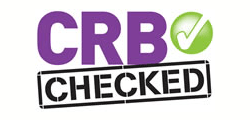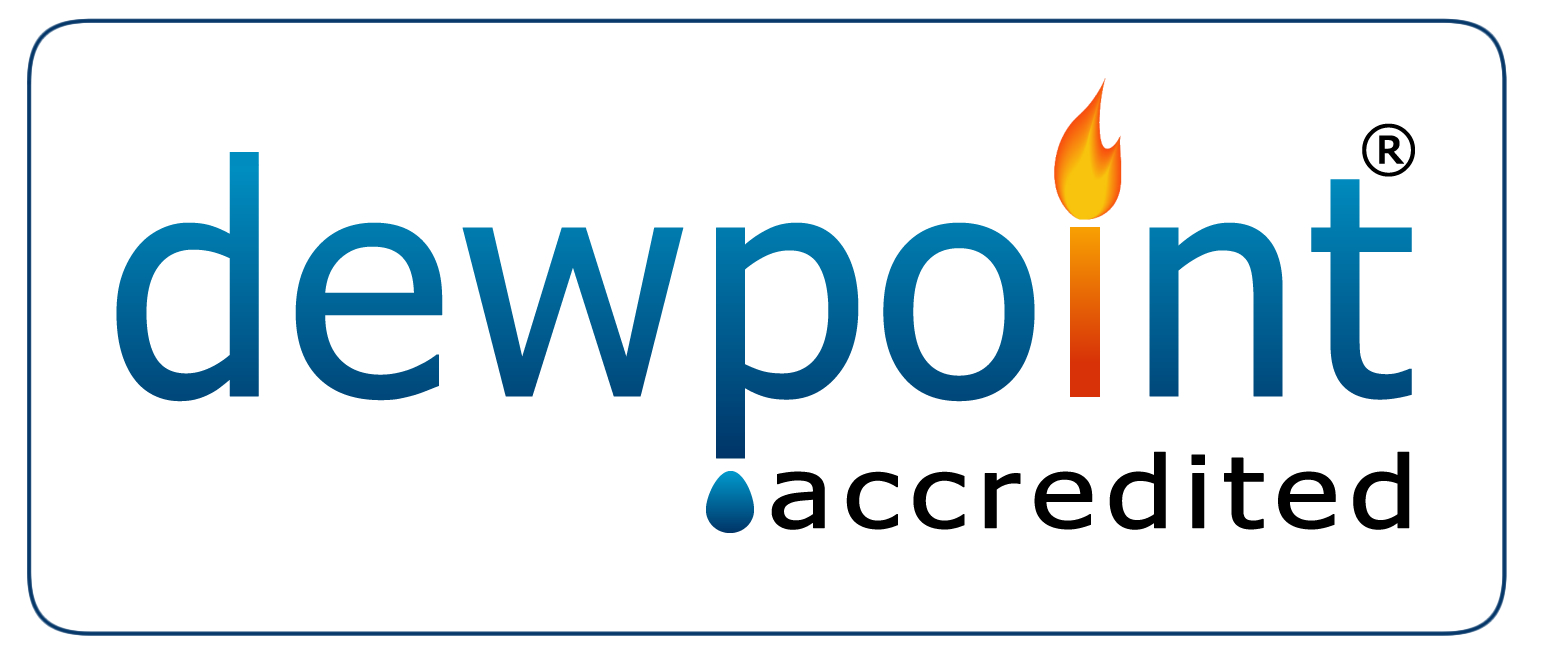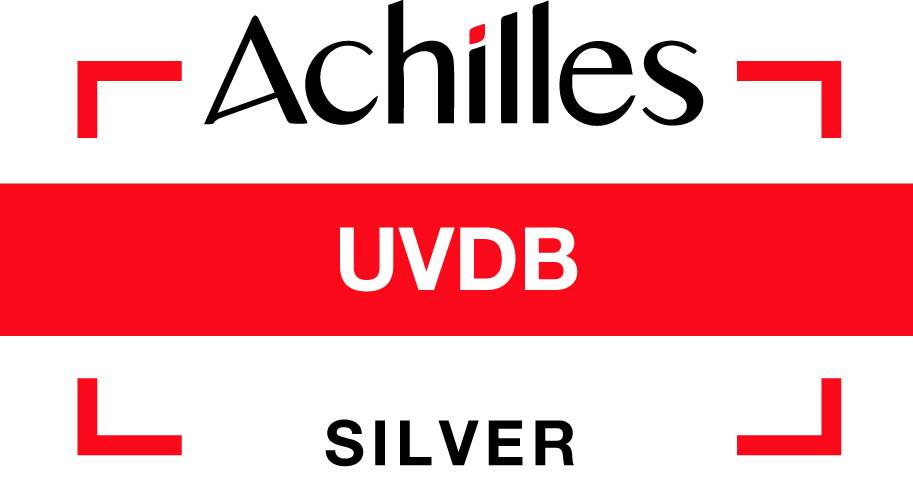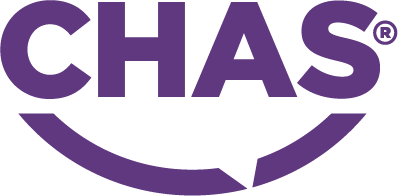Sewage Cleanup on Shop Floor
Background
We were contacted in August 2020 to carry out an emergency sewage cleanup following an ingress of black water into the lower ground floor of a shop. The entire shop floor had been affected to varying degrees.
Obstacles and Challenges
We attended the site and could see that virtually the entire floor has been affected. There was clear visual damage along with high moisture readings that showed moisture was present under the floor and in wall cavities.
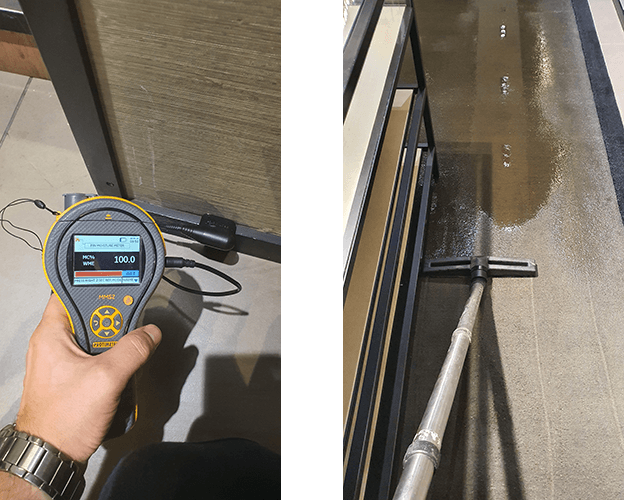
The majority of the flooring throughout the lower ground floor of the shop was tiled, with some carpeted areas. These carpets were saturated with the contaminated water.
The tiled flooring had started to lift and the grout showed signs of efflorescence, a crystalline deposit of salt caused by water evaporation through the grout, indicating the water has penetrated under the tiles. Some floor tiles had blown.
It also appeared that the screed floor had blown in two locations where there was carpet. This was due to the high moisture levels in the floor.
The skirting boards had swollen and the wallpaper had started bubbling in multiple locations at a lower level. High moisture levels were also recorded in these areas.
Very high moisture levels were recorded in virtually all the partition stud walls, which were built using plasterboard.
The MDF skirting and plasterboards were starting to show signs of mould and there was a foul odour throughout the whole shop floor.
Our Solution
We arranged a site visit with a representative from the management team of the shop to discuss our findings and to agree the best way to move forward. This was to ensure the client’s requirements were met, focusing on limiting the disturbance of the business whilst also ensuring that the sewage remediation proposed was adequate. A thorough sewage cleanup service was required and needed to start ASAP to mitigate any further damage to the property.
We agreed to:
- Return the affected indoor environment and building construction/materials to pre incident conditions.
- Minimise disturbance to business operation.
- Prevent secondary damage, in the form of an outbreak of mould growth.
- Remove excess moisture from the affected area using advanced drying techniques to enable renovation works to be carried out.
In order to do this we recommended that:
- The stairs were boarded off at lower ground level to prevent unauthorised access to the area and all stock to be moved elsewhere to prevent damage/cross contamination.
- Access to staff and storage rooms was arranged via a temporary door located at the base of the stairs at the lower ground floor.
- A temporary corridor to be erected to allow staff safe access to back rooms.
- Display cabinets and other elements of fitted furniture should be removed from the affected areas into storage while works are being carried out to prevent cross contamination.
- Skirting boards and lower parts of the partition walls should be removed and exposed building materials decontaminated and dried to allow renovation works to take place.
- Floor tiles will need to be removed as they are acting as a moisture barrier and not allowing moisture to evaporate which is why the moisture was appearing through the grout and walls.
- Full cleaning and sanitisation of exposed building materials to be completed.
- Validation of cleaning and sanitation process to be completed through the use of ATP swab testing (before and after).
- Installation of drying regime to remove excess moisture from the affected areas.
- The works would be to be completed out of hours to keep disturbance to an absolute minimum.
We advised that due to the moisture reading and visual inspections, the works would take approximately 2-3 weeks. The drying program was a further 3 weeks before we would see a reduction in moisture levels.
We completed thorough remediation works, allowing the shop to get back to business as usual, quickly and with minimal disruption.

